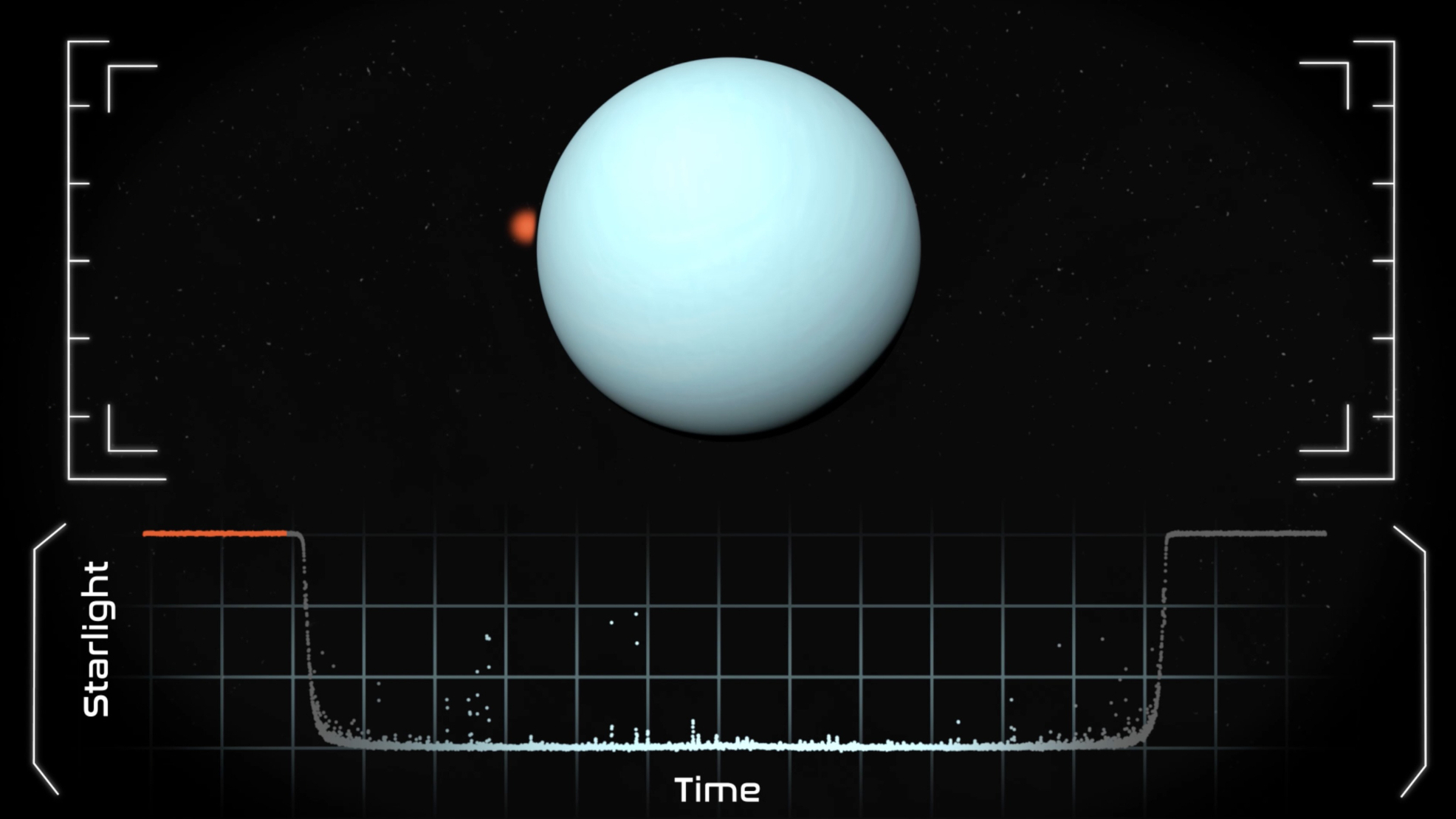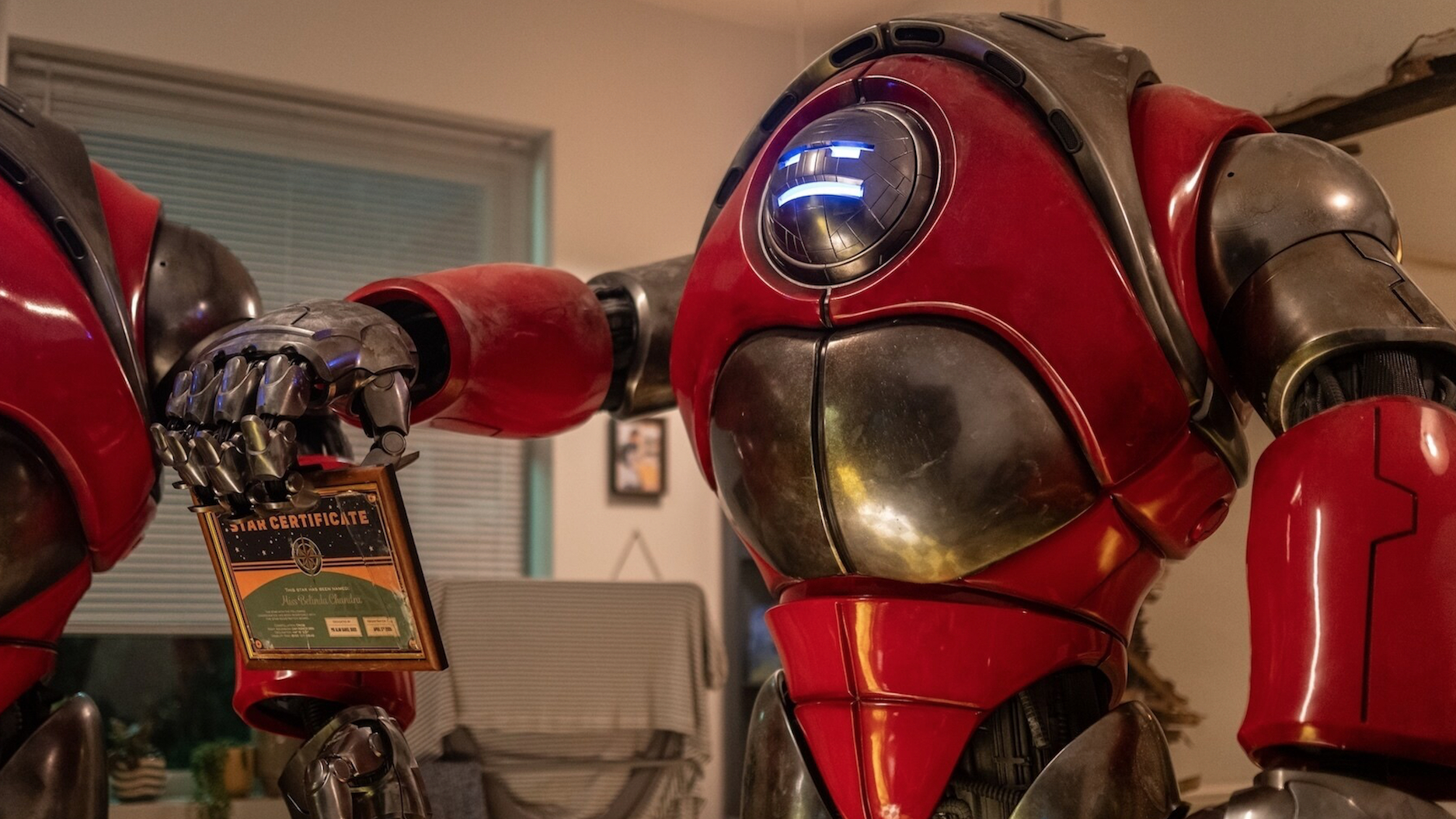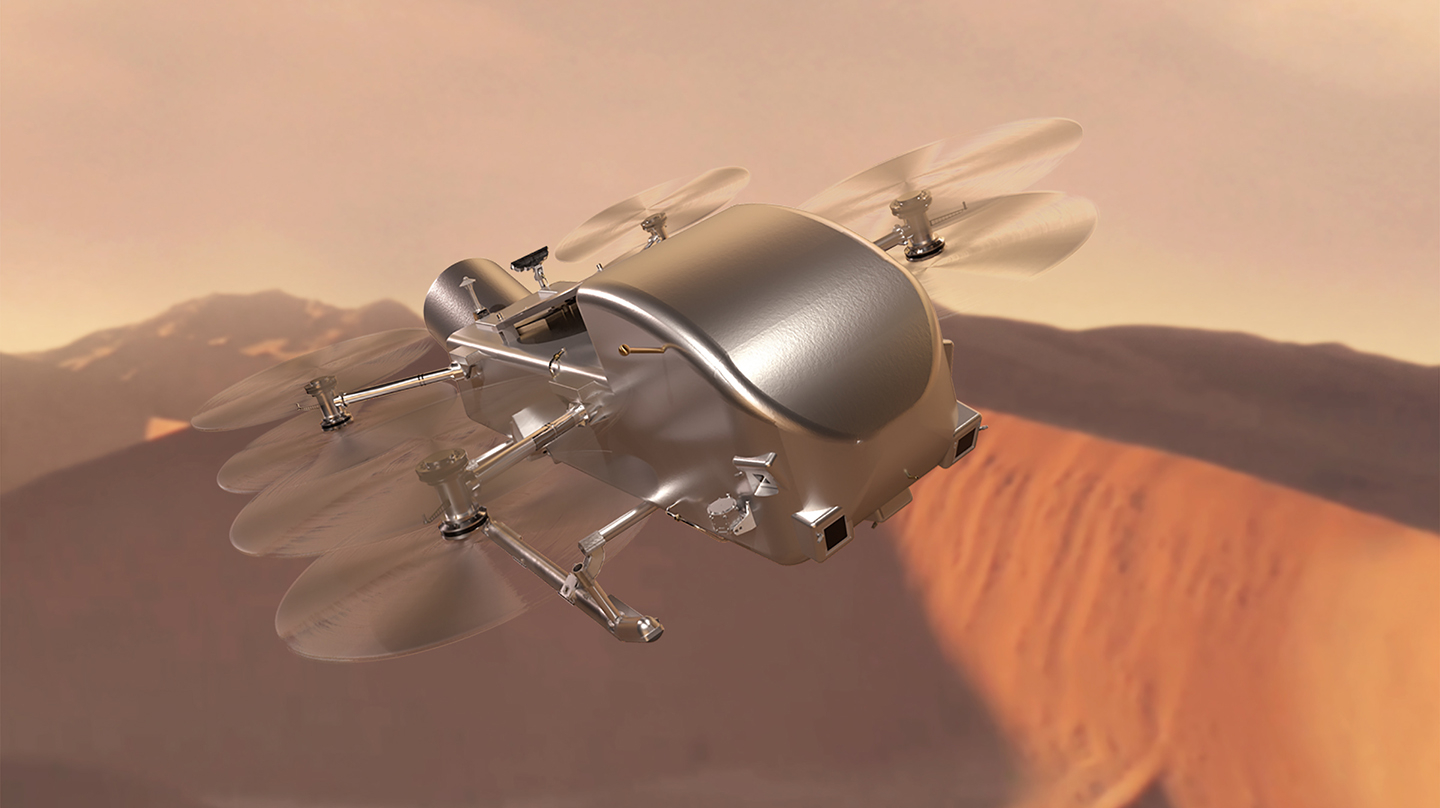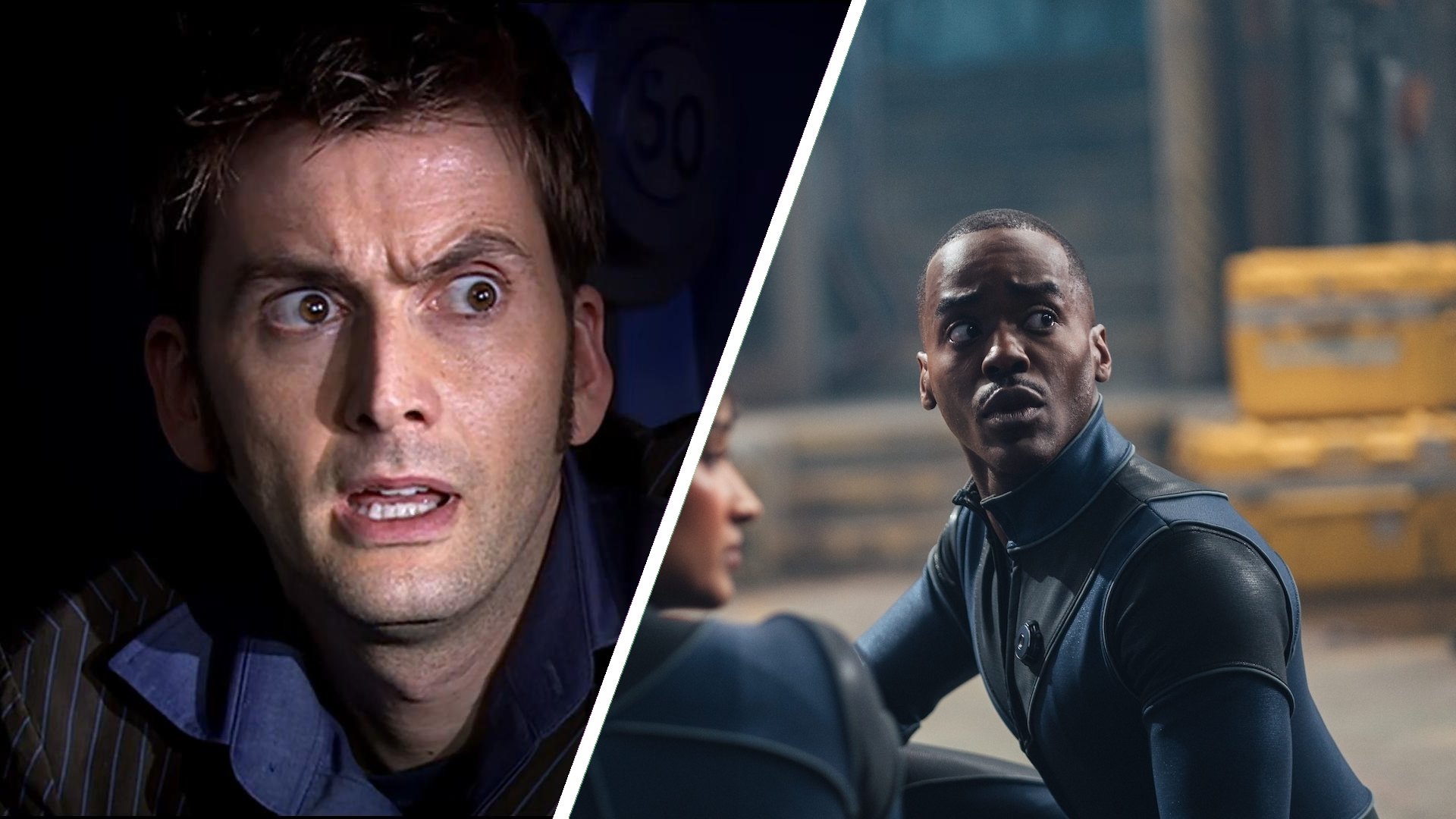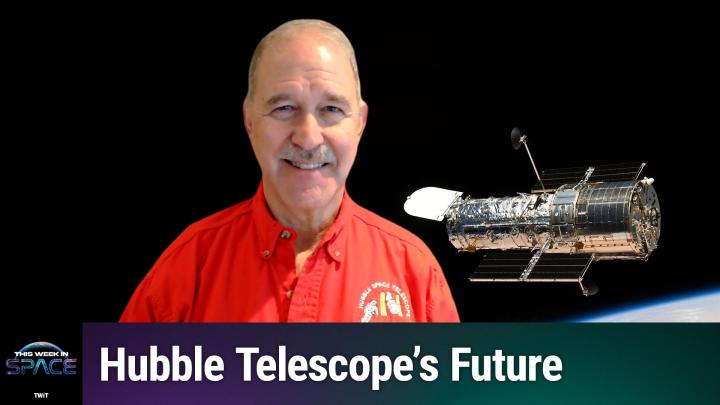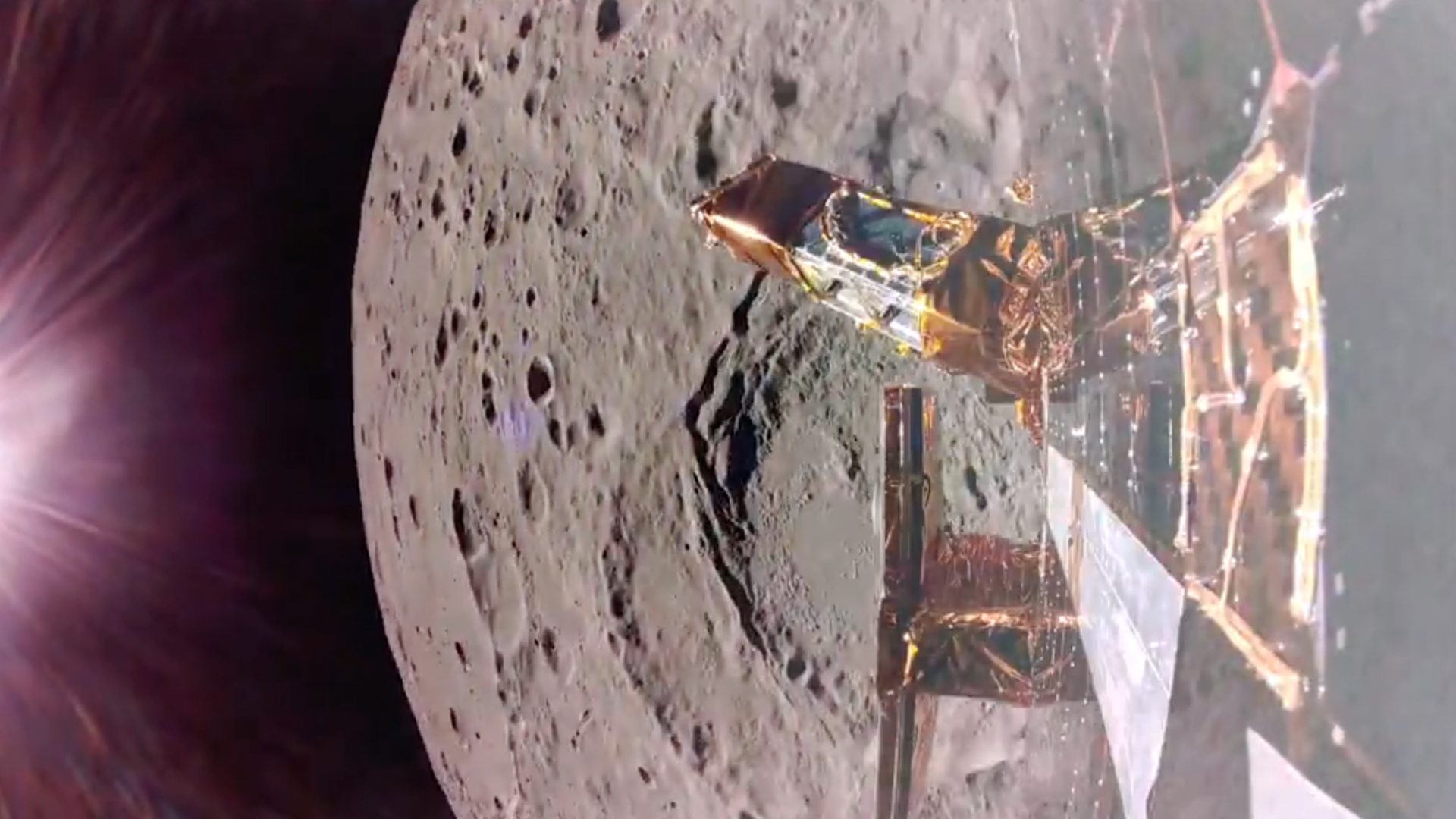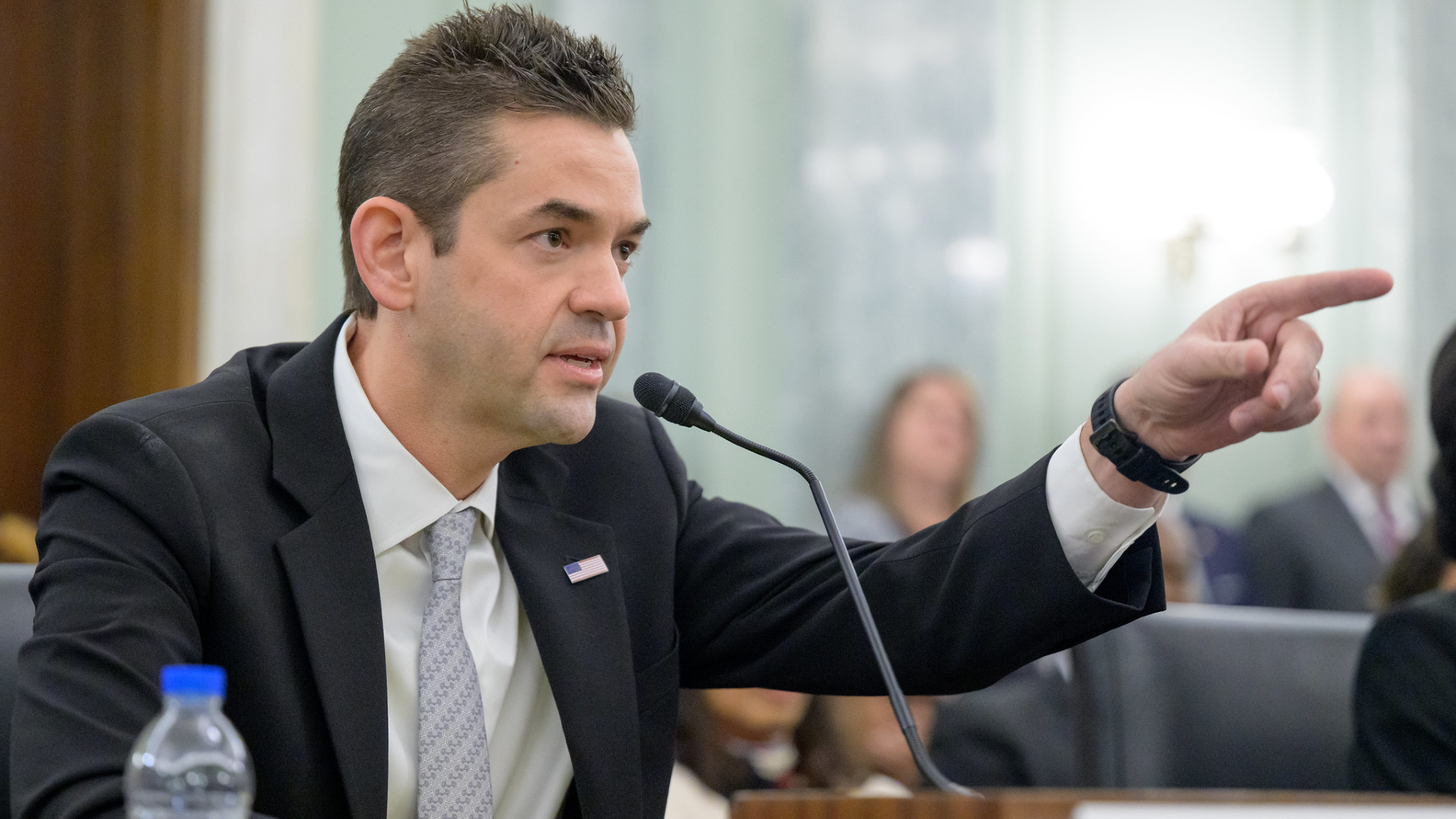SpaceX's Fram2 mission captures 1st human X-ray in Earth orbit
It pays homage to the first X-ray ever taken, which was captured about 130 years ago.

In 1895, when German physics professor Wihelm Röntgen was experimenting with cathode rays, he accidentally discovered what we know today as X-rays. Realizing the technology could benefit the medical field, Röntgen took the first ever X-ray image of the human body. It was an image of his wife's hand wearing a ring.
About 130 years later, the crew of SpaceX's private Fram2 mission has recreated that X-ray portrait — except in space. The Fram2 mission launched on March 31, carrying a quartet of passengers who would soon complete the first human spaceflight in polar orbit. The launch was funded by Maltese cryptocurrency billionaire Chun Wang, who enlisted three polar expedition colleagues to join him on the novel mission.
During the three-and-a-half-day spaceflight, the crew performed a total of 22 research experiments, which included observation of Earth's poles, growing mushrooms — and indeed taking the first X-ray images of a human while in orbit.
Following the successful hand X-ray, the Fram2 crew continued this technology demonstration with a series of other diagnostic images that included the forearm, pelvis, abdomen and chest; the astronauts also imaged electronics to test the use of the X-ray as a hardware diagnostics tool. The crew further demonstrated a DXA (Dual-energy X-ray absorptiometry) scan.
Throughout their first two full days on-orbit, the crew took the first-ever X-ray in space, 130 years after the first X-ray was captured. The @framonauts did a brain mapping EEG experiment and contributed to a continuous glucose monitor study examining how fluid shifts in space… pic.twitter.com/Tpvp3l5ZrhApril 3, 2025
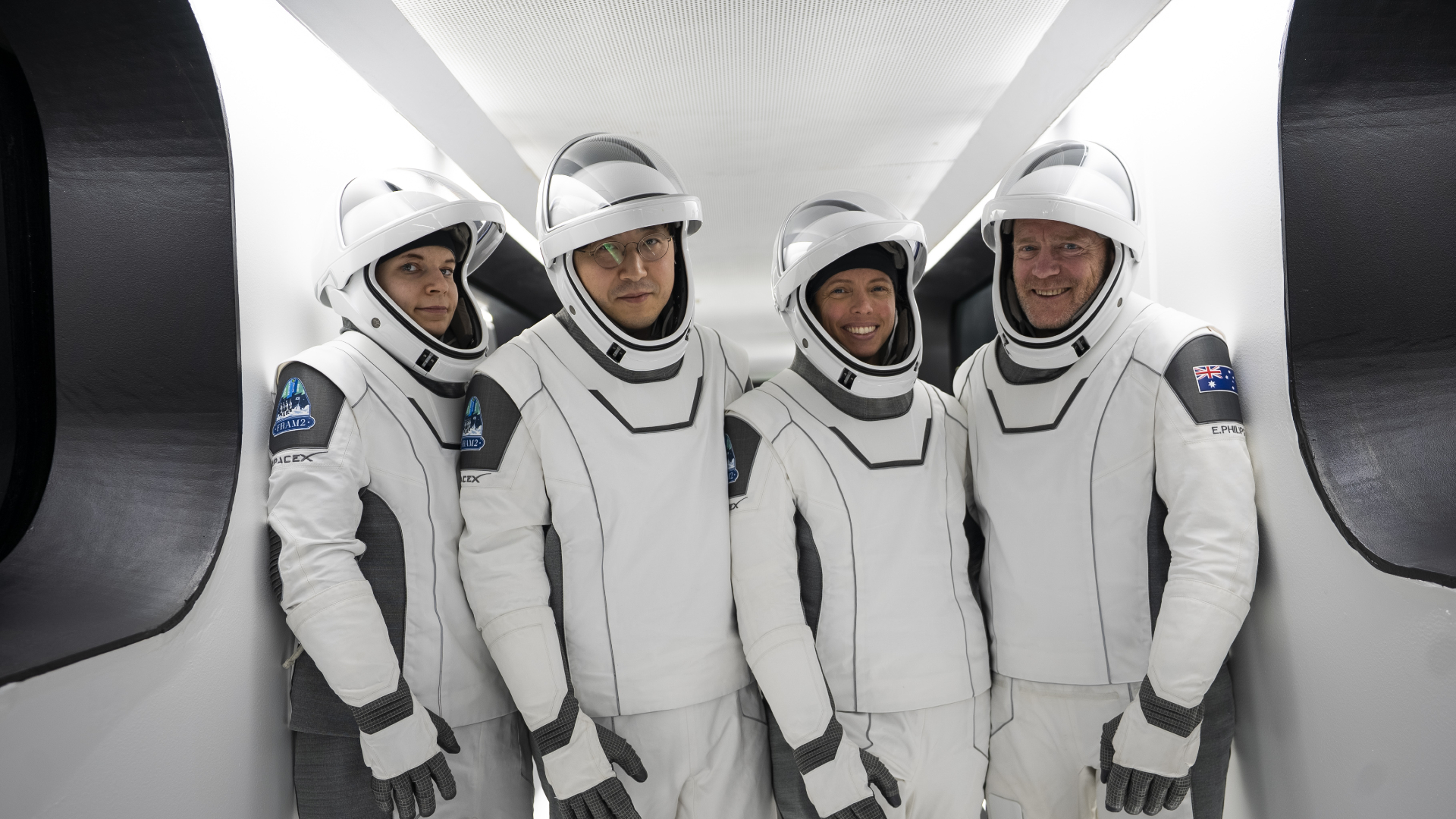
Fram2's Crew Dragon Resilience splashed down on Friday (April 4), parachuting toward the Pacific Ocean off the coast of Oceanside, California. The crewmembers were recovered aboard SpaceX's Dragon recovery vessel Shannon. They recently arrived at NASA's Johnson Space Center in Houston to complete a number of post-flight experiments and collect post-flight biometric data while recovering from the microgravity environment.
Get the Space.com Newsletter
Breaking space news, the latest updates on rocket launches, skywatching events and more!
Join our Space Forums to keep talking space on the latest missions, night sky and more! And if you have a news tip, correction or comment, let us know at: community@space.com.
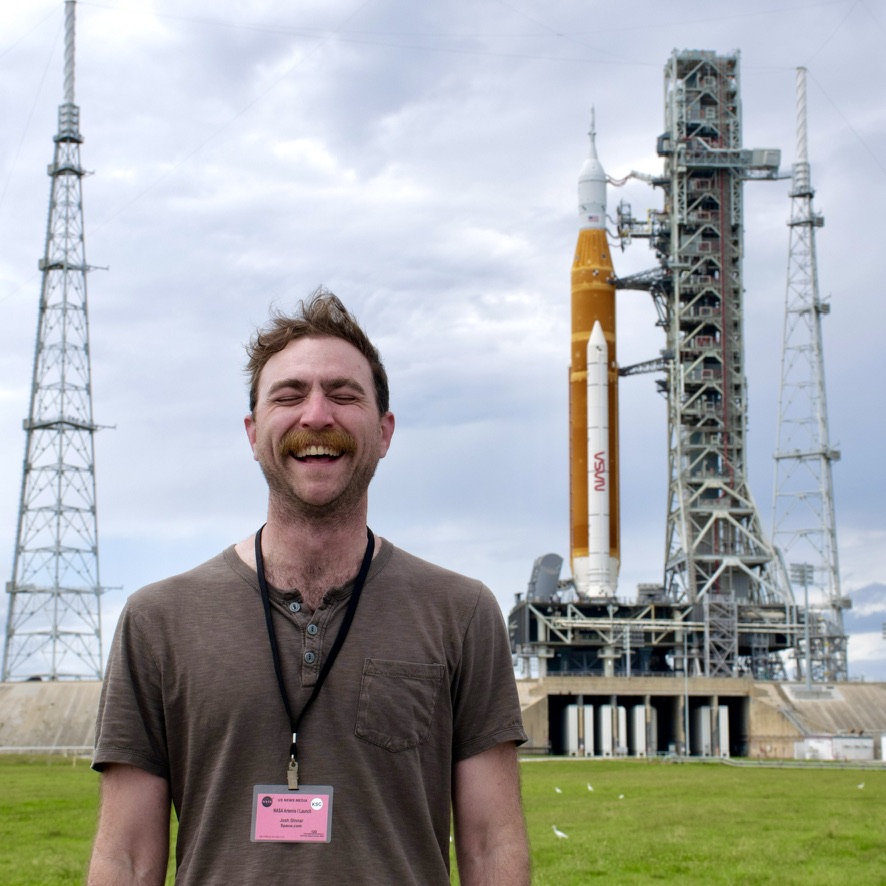
Josh Dinner is the Staff Writer for Spaceflight at Space.com. He is a writer and photographer with a passion for science and space exploration, and has been working the space beat since 2016. Josh has covered the evolution of NASA's commercial spaceflight partnerships and crewed missions from the Space Coast, as well as NASA science missions and more. He also enjoys building 1:144-scale model rockets and human-flown spacecraft. Find some of Josh's launch photography on Instagram and his website, and follow him on X, where he mostly posts in haiku.
You must confirm your public display name before commenting
Please logout and then login again, you will then be prompted to enter your display name.
